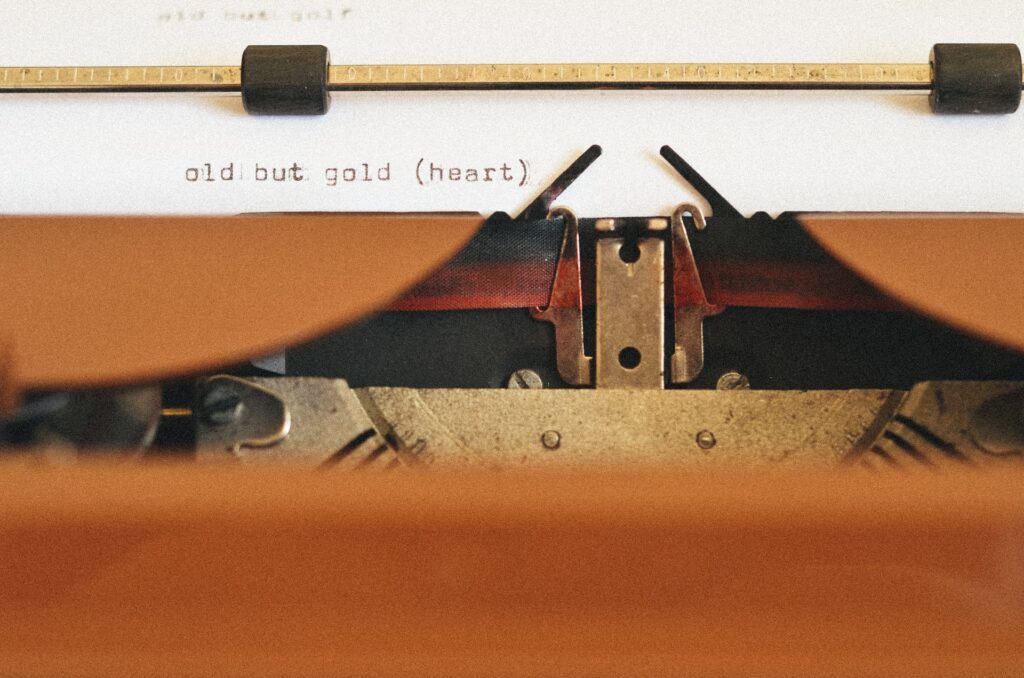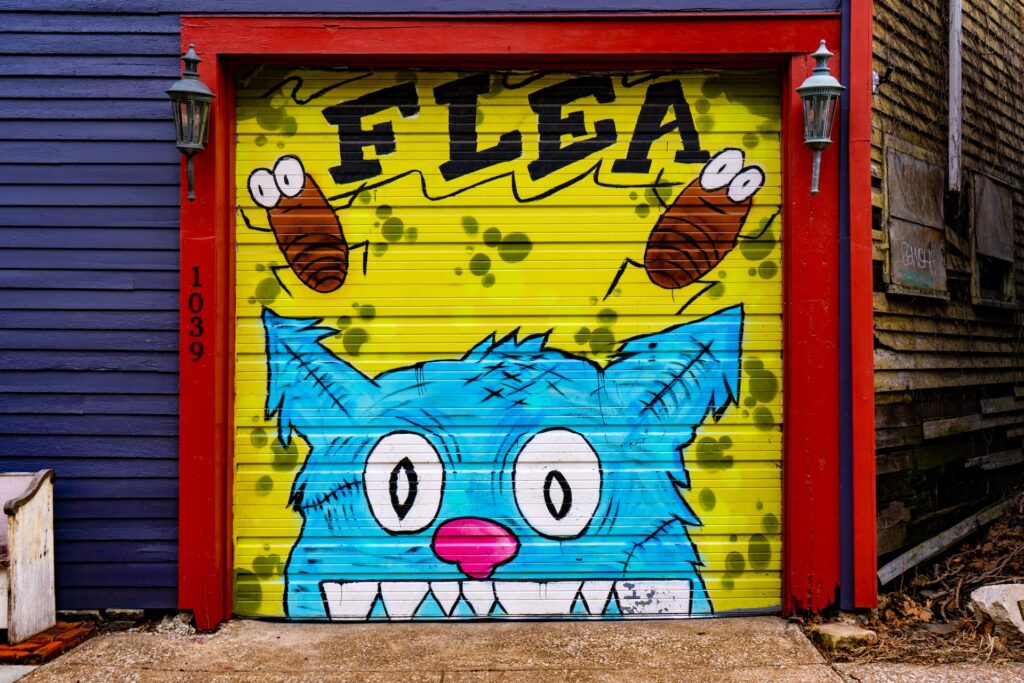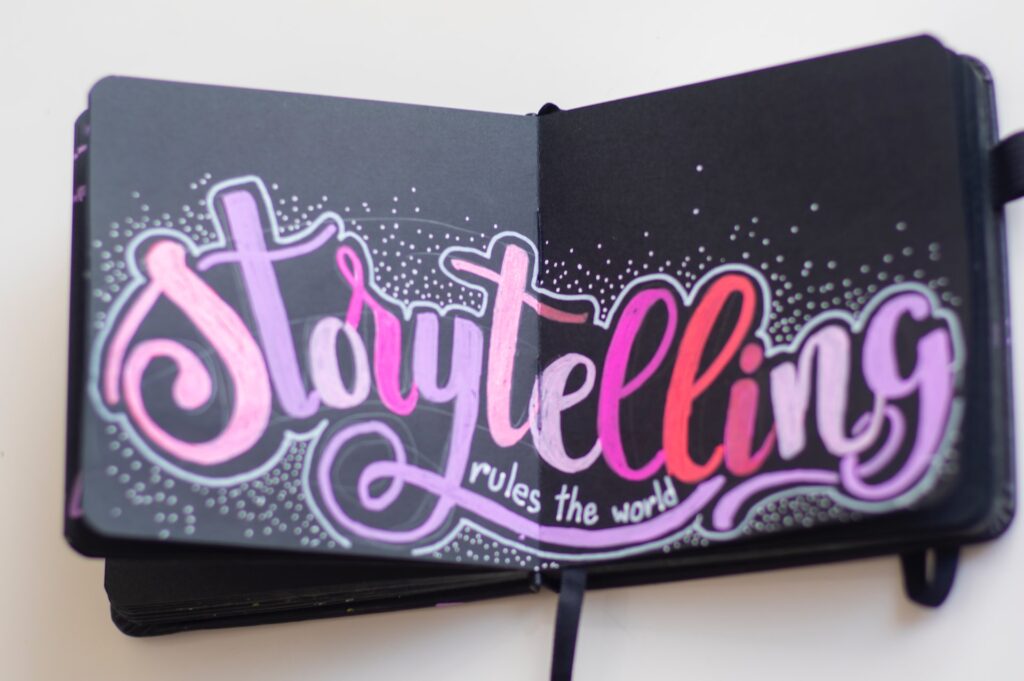By becoming familiar with literary devices, you can use them to create more meaningful and impactful content for your readers.
With an understanding of literary devices, you can craft stories that move readers emotionally and leave a lasting impression on them.
From similes and metaphors to hyperbole and alliteration, explore how literary devices can be used to take your writing from average to extraordinary!
What Are Literary Devices?
Literary devices refer to the various techniques used by authors to craft content that is unique and meaningful. Through literary devices, authors can create an emotional response in readers, make their stories more interesting, and even add layers of complexity.
These are some of the most common literary devices for creating compelling content:
Similes and Metaphors

Similes and metaphors are two literary devices that allow you to compare two unlike things using a comparison word like “like” or “as.” Simile examples include “She was as quiet as a mouse” or “He fought like a lion.”
On the other hand, metaphors are more direct and don’t use a comparison word. An example of a metaphor is “He was a rock in the storm.” Both literary devices can be used to create powerful imagery that helps readers visualize and connect with your story.
Alliteration
Alliteration is the repetition of consonant sounds at the beginning of words that are close together in a sentence or phrase. For example, “She sells seashells by the seashore” is an alliteration because it repeats the “s” sound multiple times. Alliterations can help draw attention to certain words or emphasize important information.
Personification
Personification is when an inanimate object, animal, or idea is given human characteristics. For example, “The wind whispered secrets” is a personification because the wind cannot actually whisper. Personification can help create vivid imagery and make stories more interesting.
Onomatopoeia
Onomatopoeia is the use of words to imitate sounds. Examples of onomatopoeia include “buzz” and “meow,” which both sound like what they refer to—bees buzzing and cats meowing. Onomatopoeia can be used to add texture and depth to your writing by making it sound more realistic.
Imagery

Imagery uses vivid description and figurative language to create a mental picture in readers’ minds. Examples of imagery include “The sun gleamed through the trees, casting an ethereal glow on the forest floor” or “Her eyes were like oceans of sadness.” Imagery can help you make your stories more captivating and emotionally resonant.
Symbolism
Symbolism is the use of symbols to represent ideas or concepts. Symbols can be words, objects, people, places, etc., and those symbols have special meanings that represent something larger than themselves—an idea or concept beyond what meets the eye. For example, a dove may symbolize peace, or a red rose may symbolize love.
Hyperbole
Hyperbole is the use of exaggeration and extreme language to make a point. An example of hyperbole is “I’ve told you a million times!” Hyperbole can help emphasize your points and add humor to your writing.
Irony

Irony is when something isn’t what it appears to be or when events turn out differently than expected. Verbal irony occurs when someone says one thing but means another, while situational irony occurs when circumstances turn out opposite of what was expected. Irony can create suspense or surprise in stories or add subtle commentary on society or culture.
Allegory
An allegory is a literary device in which characters, events, and settings represent abstract ideas or moral concepts. Allegories often have a symbolic meaning that can be interpreted to reveal a deeper truth. For example, George Orwell’s Animal Farm is an allegory for the Russian Revolution.
The Purpose of Literary Devices in Writing

Literary devices are tools used in writing to bring richness, clarity, and depth to texts. They can make writing more engaging, persuasive, or memorable. They also serve as a way for writers to create vivid images and ideas in their readers’ minds. Whether the goal is persuasion or simply artistic expression, literary devices can help add dimension and interest to any text.
Common examples of literary devices include alliteration, metaphor, simile, personification, onomatopoeia, synecdoche and hyperbole. Each device has a unique purpose that can be applied in different situations depending on the written text.
For instance, an author might use personification to make a character or object come alive in the readers’ minds, while alliteration can be used to emphasize certain words or create a rhythm or atmosphere. These tools are invaluable for writers crafting an engaging and thought-provoking piece that captivates their audience.
Tips for Incorporating Literary Devices Into Your Content

Incorporating literary devices into your content can be a great way to capture your reader’s attention, add depth to your writing, and increase your SEO. Here are some tips to help you use them:
- Familiarize yourself with the various literary devices available, such as alliteration, metaphor, simile, imagery, personification and hyperbole.
- Choose the right device for each piece of content. Different types of devices work better for different topics and audiences.
- Use devices sparingly – don’t overuse them in an attempt to make a point or draw attention. Too many can detract from the main message you’re trying to convey.
- Picking one standout device per piece of content will often have a greater impact than multiple devices.
- Be aware of the tone you’re trying to convey, and make sure your device choices reflect it.
- Pay attention to the structure of your content when deciding where and how to include literary devices for maximum effect.
- Consider the audience you are writing for, as this will help you determine which devices may be most effective.
Final Thoughts on the Power of Literary Devices for Writers

In conclusion, literary devices are powerful tools that can be used to make your writing stand out from the rest. With a strong understanding of literary devices, you can easily create more meaningful, engaging, and memorable content for readers.
By utilizing literary devices in your writing, you can effectively convey ideas and emotions that will impact your readers.
Writers should strive to use literary devices in their work whenever possible to capture their audience’s attention and create something truly special!
Unlock Your Potential with Premium Content: Elevate your real estate and business game with our content creation services. Don’t miss out on the opportunity to stand out. Contact us today and take the first step towards success!
